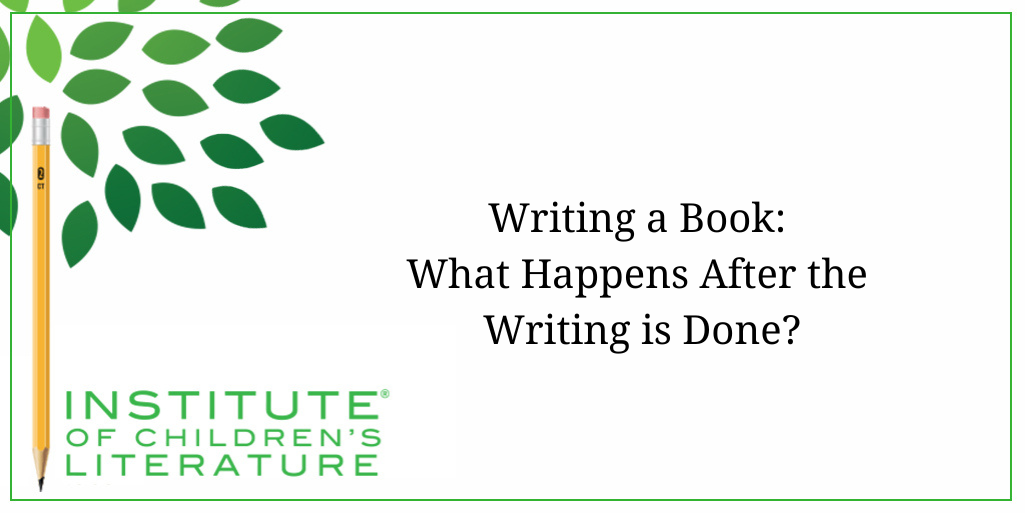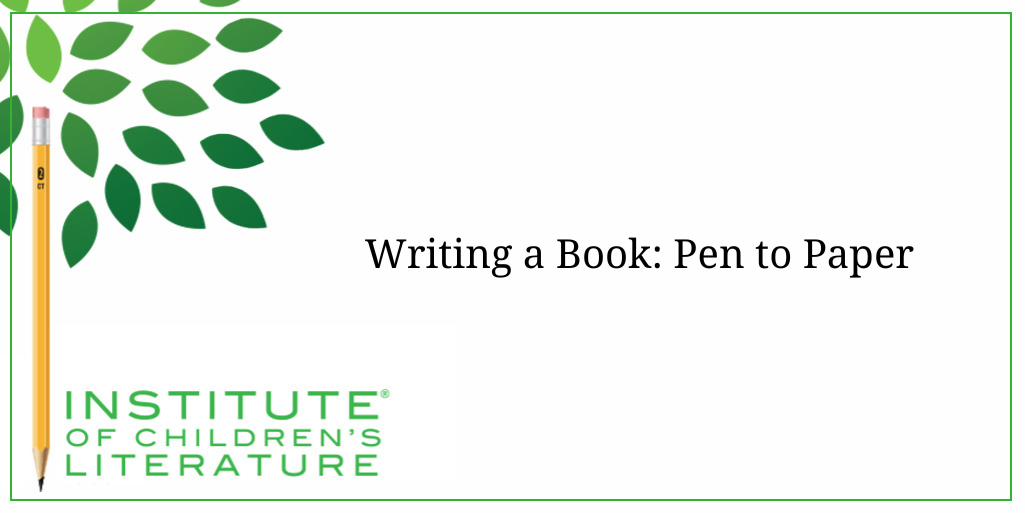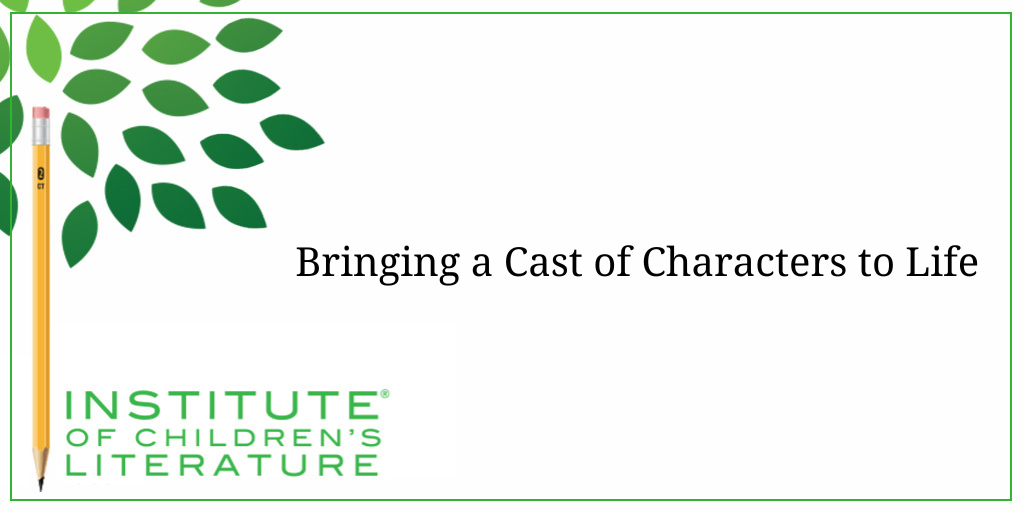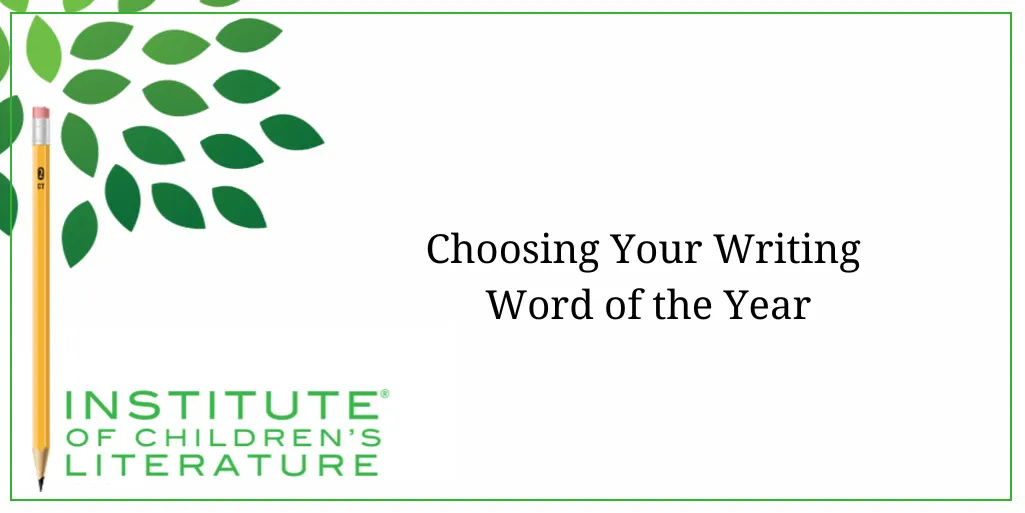
Plotting Your Growth as a Writer
It’s smart to look for productive methods to grow and improve your writing. Get inspired by what helped these published writers and enrich your writing skills.
With over 100 published books and magazine articles, Jan delivers first-hand knowledge on how to sharpen, submit, and market your writing. Jan’s articles explore inevitable writing struggles and offers tireless strategies and techniques to support you in reaching your writing goals.

It’s smart to look for productive methods to grow and improve your writing. Get inspired by what helped these published writers and enrich your writing skills.

Writing isn’t one-size-fits-all. For each of us, there is a genre that fits best with our interests and abilities. Today we are finding your place as a writer.

Why are you a writer? Knowing your why as a writer can help you get writer’s block and rejection. Let’s talk about what motivates you to write.

Dialogue format is complicated. Quotation marks. Commas. To use said or not to use said, that’s just one question. Join us today as we set the record straight.

Voice is a vital element of dialogue. Dialogue is essential to express a character’s voice. How do these intertwined writer tools work together? Let’s find out!

Dialogue brings so much to a story’s character, pacing, and plot. You might even say it’s essential for writing a book. Let’s talk about why.

After writing a book, there are still steps to take to ensure a polished finished project for submission. Here are four things to do after your book is written.

After prewriting comes the part of writing a book that most people imagine: putting the words on paper. This is the time to let your imagination run wild.

The first step in writing is not writing. It begins in your head with the spark of an idea. What happens between the spark and writing the book is prewriting.

Let’s take a broad overview of the writing process and the pieces of the puzzle that go into pre-writing, writing, and post-writing in this post from Jan Fields.

3 tips for being a professional writer that editors want to work with in this post from Jan Fields. Take these suggestions to heart and go far in your career!

Real people can be the perfect inspiration for character creation. Which quirks can you use and which ones should you lose? Let’s find out!

Your cast of characters fills certain roles in the plot to bring forth an engaging story. Time to talk about your protagonist, antagonist, sidekicks, and more!

Characters populate our stories but what does it mean to write a character-building story? How do you help build character without preaching at your audience?

One way of thinking about what you most want out of the year is by choosing a writing word of the year. What’s a word that encapsulates your goals this year?

Negativity can deplete your creativity and energy. Today, let’s look at practical ways to be a more positive writer—even in the face of rejection.

The physical act of writing can be hard on our bodies. One goal for the new year is to become a healthy writer, physically, and emotionally. Join us on the journey.

Welcome to a new writing year! It’s time to grow in your writing and Jan Fields reveals how to do that through new attitudes, new goals, and new habits.

When you break your writing plans into steps, you always know what to do next. Get Jan Fields’ tips for using small steps to complete BIG goals!

One problem many writers fall into is writing ruts. We do the same thing the same way. Here are 3 writing tricks to consider as you expand your writing options.
1000 N. West Street #1200, Wilmington, DE 19801
© 2024 Direct Learning Systems, Inc. All rights reserved.

1000 N. West Street #1200, Wilmington, DE 19801
© 2025 Direct Learning Systems, Inc. All rights reserved.

1000 N. West Street #1200, Wilmington, DE 19801
©2025 Direct Learning Systems, Inc. All rights reserved. Privacy Policy.